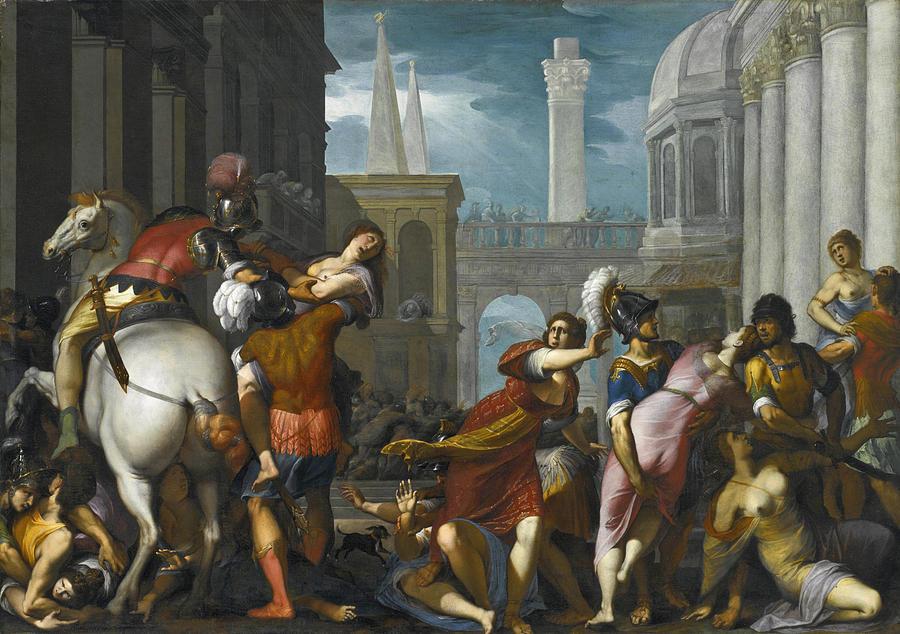
The Abduction of the Sabine Women Painting by Jacopo Ligozzi Fine Art
The Abduction of a Sabine Woman is located in a spot few tourists miss—the Loggia dei Lanzi, just outside of the Palazzo Vecchio, in Florence. Giambologna and Mannerism. Giambologna's works exemplified the characteristics of the Mannerist period, a time in which artists exploited the idea of beauty for beauty's sake in works that.

Abduction of the Sabine Woman — The Art of Dr. Seuss Collection
Giambologna's Abduction of a Sabine Woman is one of the most recognized works of sixteenth-century Italian art by one of the least well-known artists of the period. And while Giambologna may not be a household name like Michelangelo, his influence on late sixteenth- and early seventeenth- century European art was extensive and long lasting.
Abduction of the Sabine Woman, Bronze, 19th Century, After Giambologna
Description. A pinnacle of sculpture in the generation after Michelangelo was Giambologna's Abduction of the Sabine Women, depicted here in a contemporaneous print by Andrea Andreani. Giambologna created a twisting harmony of three forms that capture the narrative of a Roman male abducting a Sabine woman and vanquishing a Sabine male below.
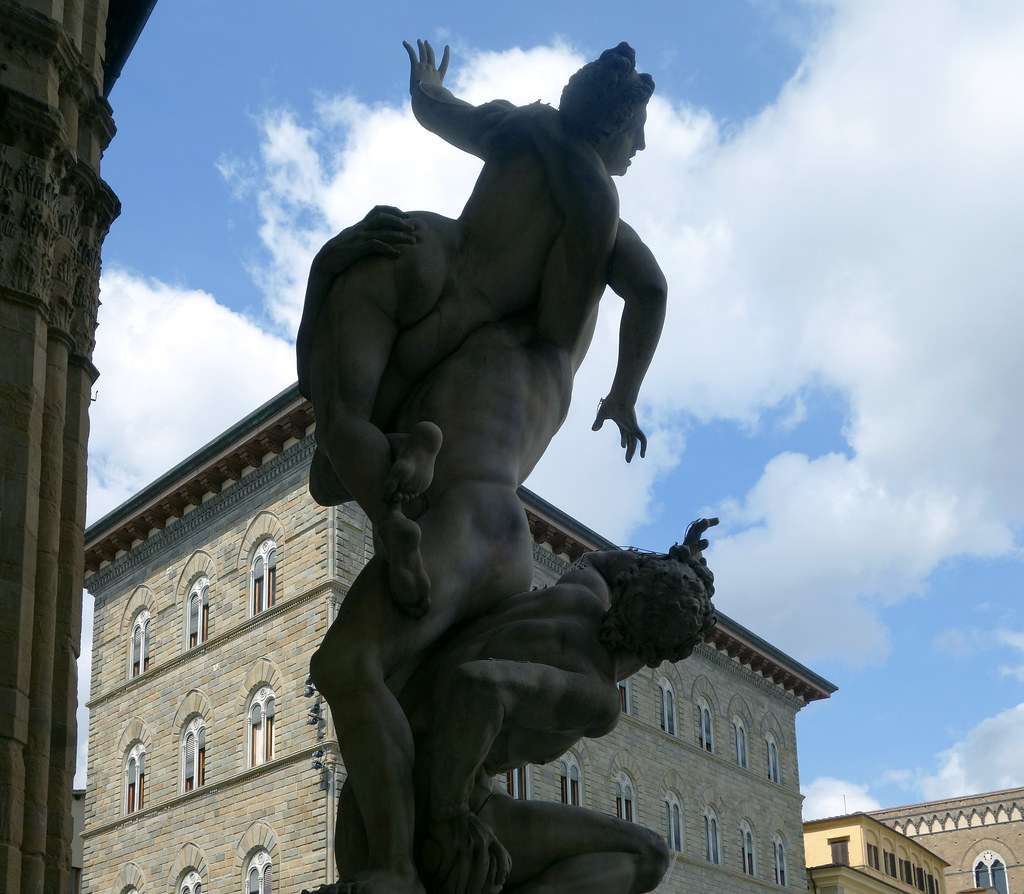
Giambologna, Abduction of a Sabine Woman Giambologna, Abdu… Flickr
Abduction of a Sabine Woman (Rape of a Sabine Women) Giambologna's most famous work, this large sculpture, carved from a single block of stone, was created for Francesco de' Medici, Grand Duke of Tuscany. It depicts a scene from early Roman history/mythology, in which the men of the newly-founded Rome abducted dozens of virgins from nearby.

NYC Metropolitan Museum of Art Abduction of the Sabine Women in
The story of the rape - or abduction - of the Sabine women would have been well known to Rubens and his clients. It was a famous moment in the legends surrounding the founding of Rome, referred to by several classical writers, including Plutarch, Ovid, Virgil and Livy. The accounts vary, but key details are consistent: Romulus, founder and.

Giambologna's Abduction of a Sabine Woman is one of the most recognized works of sixteenth-century Italian art by one of the least well-known artists of the period. And while Giambologna may not be a household name like Michelangelo, his influence on late sixteenth- and early seventeenth- century European art was extensive and long lasting.

Abduction of the Sabine women in bronze, after Giambologna
Published on June 19, 2020 / Updated on October 14, 2023. Email: [email protected] / Phone: +44 7429 011000. The Rape of the Sabine Women is the title of not only this painting: it also describes a horrendous incident in history. The founding of Rome in around 800BC by Romulus - one of the famed wolf-raised twins - meant that the city.
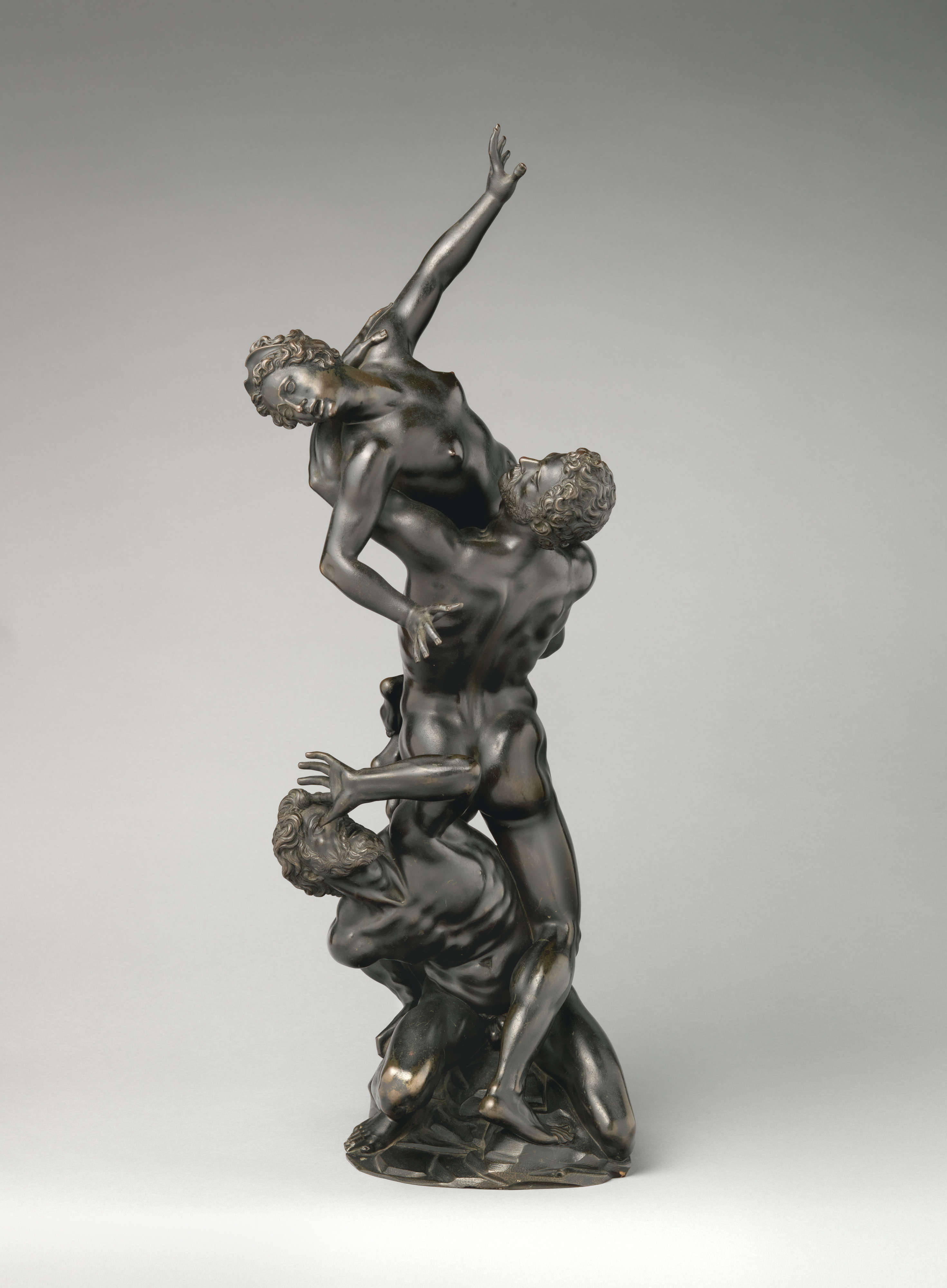
After a model by Giambologna Abduction of a Sabine Woman Italian
The Rape of the Sabine Women ( Latin: Sabinae raptae Classical Latin: [saˈbiː.nae̯ ˈrap.t̪ae̯] ), also known as the Abduction of the Sabine Women or the Kidnapping of the Sabine Women, was an incident in the legendary history of Rome in which the men of Rome committed a mass abduction of young women from the other cities in the region.

Sculptural Group Abduction of a Sabine Woman. Editorial Photography
The Abduction (or Rape) of the Sabine Women is an episode in the legendary history of Rome, traditionally said to have taken place in 750 BC, in which the first generation of Roman men acquired wives for themselves from the neighboring Sabine families.
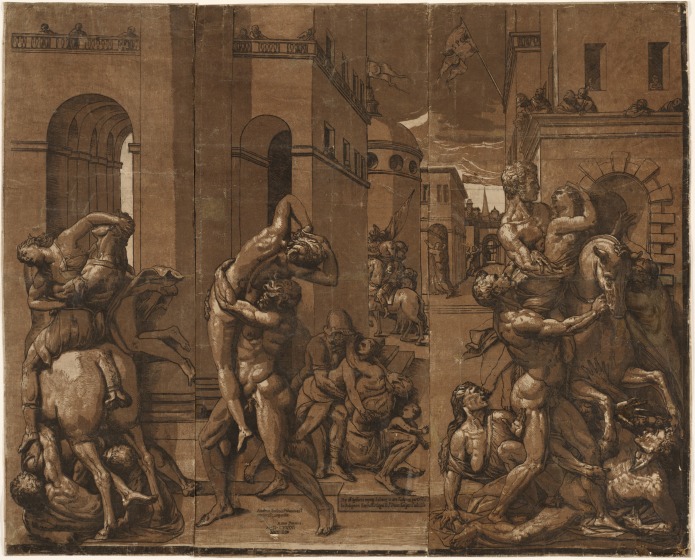
The Abduction of the Sabine Women Cleveland Museum of Art
The Abduction of the Sabine Women 1585 Andrea Andreani (Italian, about 1558-1610) after Giambologna (Flemish, active Italy, 1529-1608) Italy, 16th century Chiaroscuro woodcut (in three shades of brown and black) Support: On 6 sheets Bequest of Grover Higgins by exchange 1981.15 Catalogue raisonné: Bartsch XII.94.4 Location not on view

The Abduction of the Sabine Women probably 1633 34 Nicolas Poussin
Italian Baroque. Abduction of the Sabine Women (1634-5) Contents • Description • Background • The Story of the Abduction of the Sabine Women • Analysis of The Abduction of the Sabine Women • Metropolitan Museum Version (1634-5) • Louvre Version (1637-8) • Interpretation of Other Baroque Paintings Description

Giambologna, Abduction of a Sabine Woman Giambologna, Abdu… Flickr
Giambologna's Abduction of a Sabine Woman is one of the most recognized works of sixteenth-century Italian art by one of the least well-known artists of the period. And while Giambologna may not be a household name like Michelangelo, his influence on late sixteenth- and early seventeenth- century European art was extensive and long lasting.
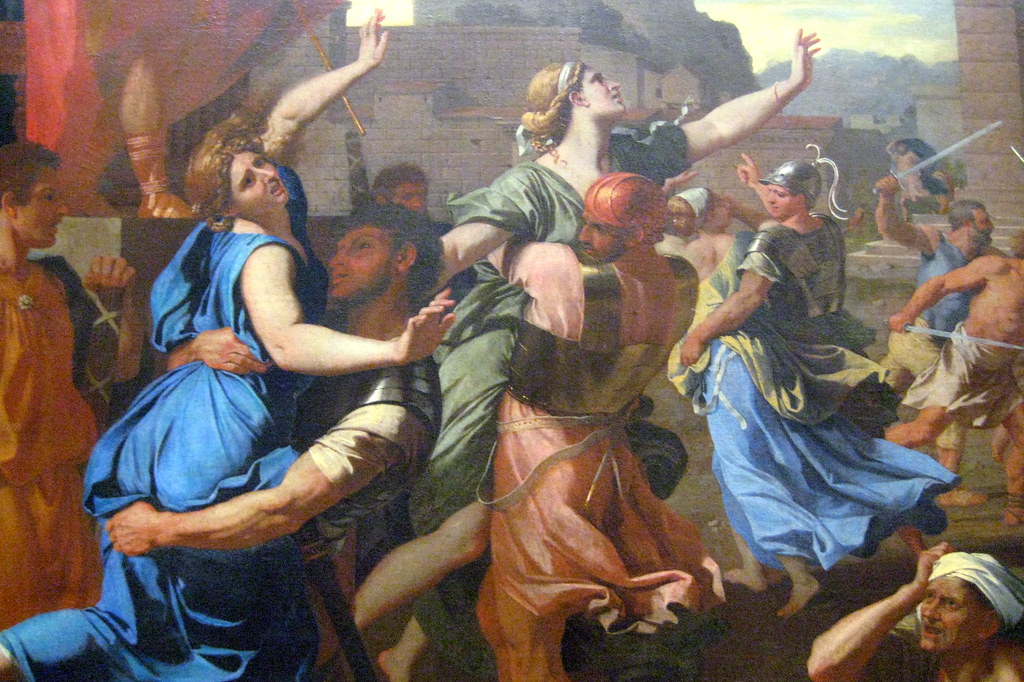
NYC Metropolitan Museum of Art Abduction of the Sabine… Flickr
The Intervention of the Sabine Women is a 1799 painting by the French painter Jacques-Louis David, showing a legendary episode following the abduction of the Sabine women by the founding generation of Rome.. Work on the painting commenced in 1796, after his estranged wife visited him in jail. He conceived the idea of telling the story, to honour his wife, with the theme being love prevailing.
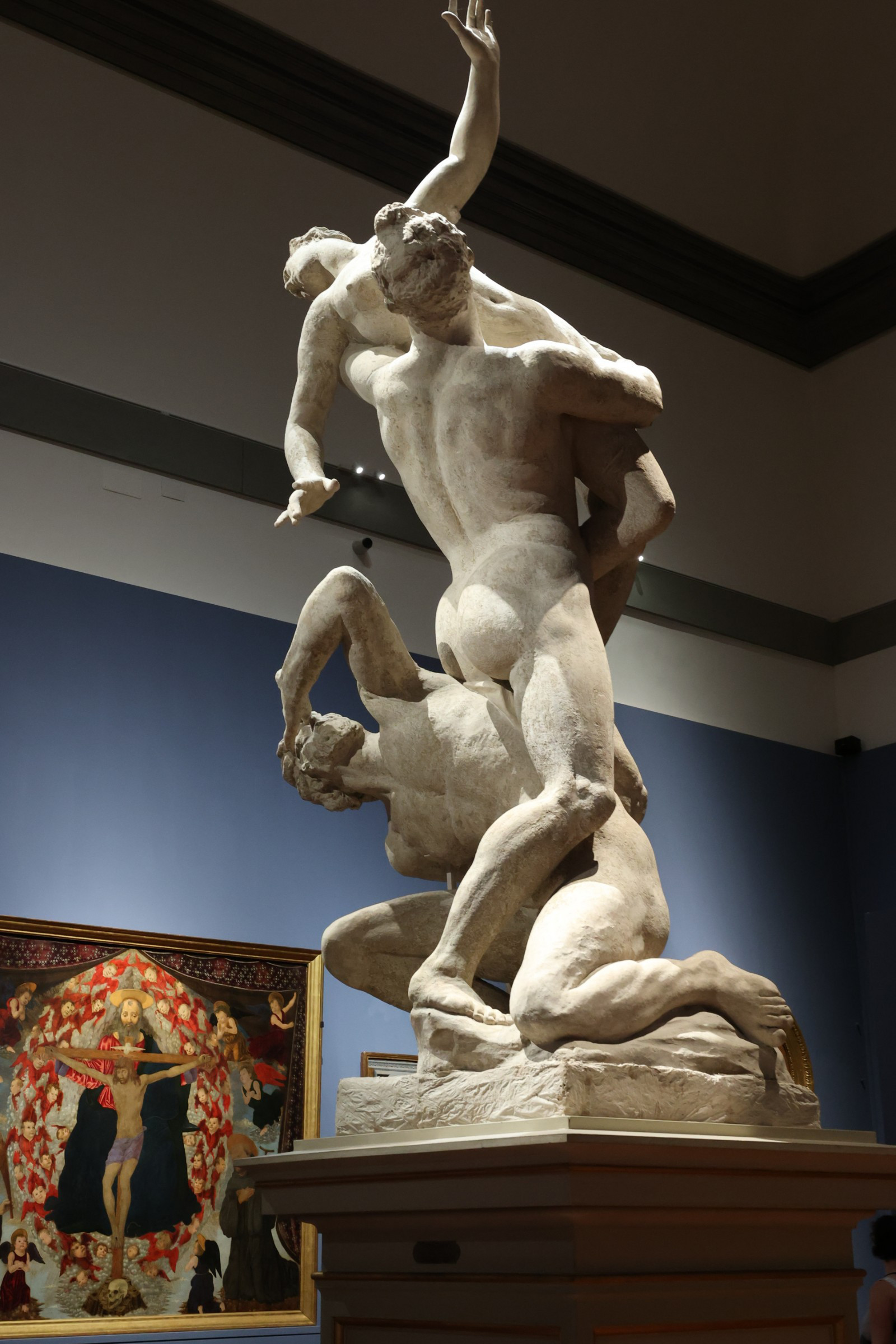
Florence Accademia Abduction of the Sabine Woman by Giambologna 1581
The Rape of the Sabine Women , also known as the Abduction of the Sabine Women or the Kidnapping of the Sabine Women, was an incident in the legendary history of Rome in which the men of Rome committed a mass abduction of young women from the other cities in the region. It has been a frequent subject of painters and sculptors, particularly since the Renaissance.
19th C Parian Model of Giambologna’s 'Abduction of a Sabine Woman' For
Romulus oversees the abduction of the Sabine women (Public domain) According to Plutarch, Romulus' signal to the men of Rome was to be whenever he rose up to gather up his cloak and throw it over his body. When this signal was seen, the Romans were to fall on the Sabine maidens and carry them away.

The abduction of the Sabine women Biblical
The Abduction of the Sabine Women Nicolas Poussin French probably 1633-34 On view at The Met Fifth Avenue in Gallery 623 This painting embodies Poussin's innovations derived from studying Roman antiquity.